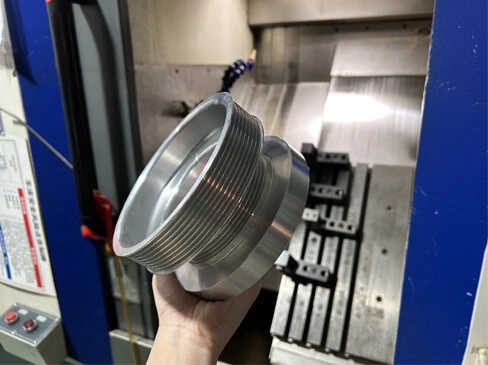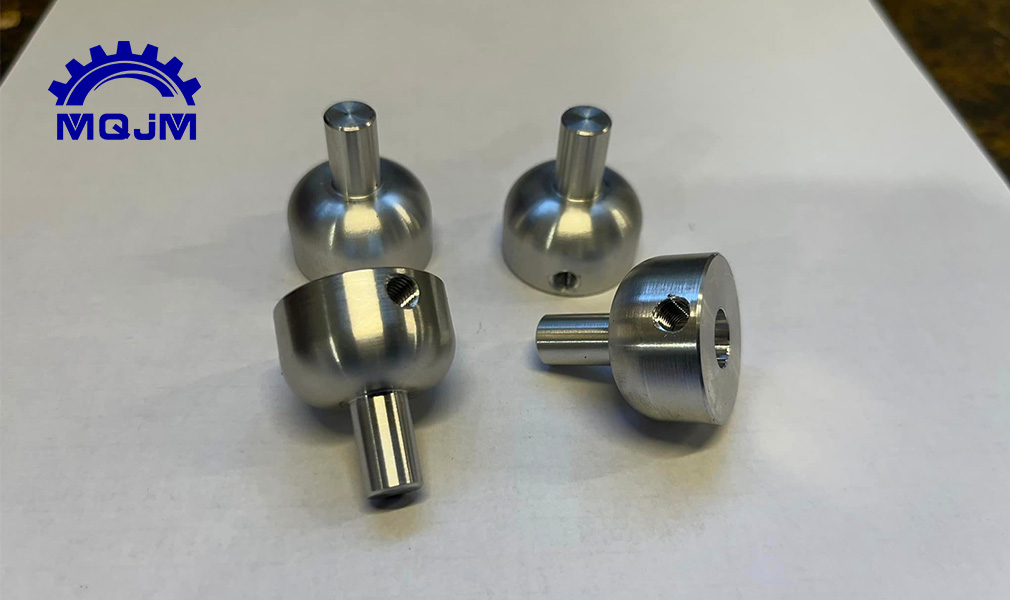CNC curved surface is an indispensable part of modern manufacturing, especially in the fields of aerospace, automotive and moulds, where they are widely used and strictly required. Therefore, the quality control and inspection of CNC curved surface is particularly important. In this paper, we will discuss the quality control and inspection of CNC curved surface from four aspects.
Quality Control Before CNC Machining
Quality control before CNC machining is to ensure the basis of processing accuracy and quality. First of all, you need to choose the appropriate CNC machine tools and machining tools to ensure that the precision of the machine tool and tool quality to meet the processing requirements. Secondly, workpiece design and machining simulation before programming are carried out to optimise the machining path and parameter settings and reduce machining errors. Finally, strict quality inspection of the machining material to ensure that the material performance meets the processing requirements.
The Quality Control of CNC Machining Process
In the CNC machining process, the need for real-time monitoring of the processing status to ensure the quality of processing. On the one hand, through the monitoring system of CNC machine tools, real-time monitoring of processing parameters, cutting force, temperature and other key indicators, timely adjustment of processing parameters and cutting conditions, to avoid processing errors. On the other hand, the use of online inspection technology, such as laser measurement, three-dimensional scanning, etc., real-time measurement and comparison of the workpiece in the machining process, timely detection and correction of processing errors.
The Quality Inspection After CNC Machining
After the completion of CNC machining, strict quality inspection is required to ensure that the processing quality meets the design requirements. Commonly used quality inspection methods include size measurement, shape and location tolerance testing, surface quality inspection. Dimensional measurement mainly uses precision measuring tools and equipment to measure and compare the length, width, height, angle and other key dimensions of the workpiece; Form and Position Tolerance Inspection through professional testing equipment and software, the shape of the workpiece, position, direction and other parameters for detection and evaluation; Surface Quality Inspection through observation, touch, magnifying glass and other means, the roughness of the surface of the workpiece, finish, scratches and so on. Inspection.
The Establishment of Continuous Improvement and Quality Control System
CNC curved surface quality control is not overnight, the need for continuous improvement and optimisation. Enterprises can establish a perfect quality control system, develop detailed quality control procedures and standards, clear quality control responsibilities and requirements. At the same time, strengthen employee training and technical exchanges to improve the quality awareness and skill level of employees. In addition, through the collection and analysis of data and information in the machining process, continuously optimize the machining parameters and process routes to improve the machining efficiency and machining quality.
In short, quality control and inspection of CNC curved surface is an important measure to ensure product quality and competitiveness. By strengthening the quality control before CNC machining, real-time monitoring of the machining process, strict quality inspection, and continuous improvement and establishment of a quality control system, the machining accuracy and quality level of CNC curved surface can be effectively improved.










